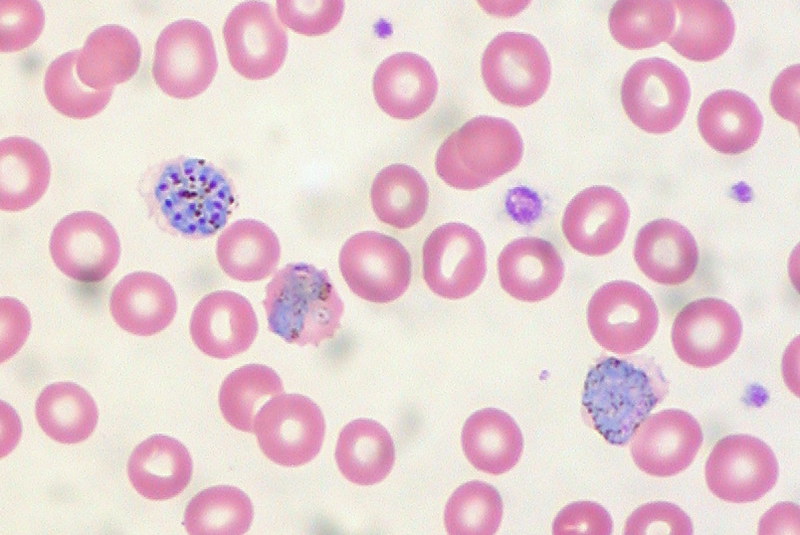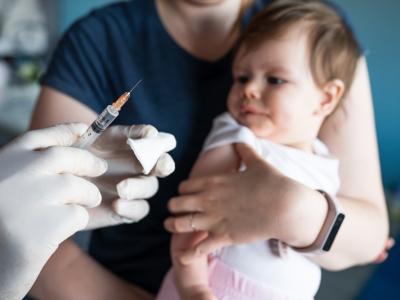
A low-intensity behavioral intervention at Veterans Affairs (VA) outpatient clinics positively influenced the prescribing behavior of primary care providers (PCPs), researchers reported yesterday in Open Forum Infectious Diseases.
In a cluster randomized controlled trial, a team led by researchers with the VA Northeast Ohio Healthcare System compared the proportion of primary care visits with an antibiotic prescription at six VA community-based outpatient clinics assigned to the intervention group and six to a control group. At the intervention clinics, PCPs received quarterly antibiotic use reports with feedback about antibiotics for acute respiratory infections and adverse event letters alerting them about Clostridioides difficile infections and antibiotic-resistant gram-negative bacteria in their patients.
Antibiotic prescribing was compared in the pre-intervention (4/2020 – 9/2020), intervention (10/2020 – 9/2021), and post-intervention periods (9/2021–9/2022).
Control clinics prescribed more antibiotics
Among 52 PCPs at the six clinics in the intervention group, 66% and 54% received more than one antibiotic use report and adverse event letter. In the intervention clinics, the proportion of primary care visits with an antibiotic prescription during the pre-intervention, intervention, and post-intervention periods was 1.4%, 1.4%, and 1.3%. In the control clinics, prescribing increased from 1.8% pre-intervention to 2.1% and 2.1% during the intervention and post-intervention periods.
The rate of visits with an antibiotic prescription was not statistically different between the intervention and control clinics in the pre-intervention period (odds ratio [OR], 1.10; 95% confidence interval [CI], 0.87 to 1.39). But clinics in the control arm prescribed more antibiotics during the intervention (OR, 1.30; 95% CI, 1.04 to 1.62) and post-intervention periods (OR, 1.38; 95% CI, 1.09 to 1.74). There were no differences in emergency visits and hospitalizations between the two arms, indicating no unintended negative consequences from the intervention.
The study authors say the findings indicate that a relatively low-intensity intervention can support antimicrobial stewardship in outpatient settings.
"Wider implementation in a post-pandemic setting may enhance antibiotic stewardship and help decrease antibiotic-resistant organisms, benefiting public health," they wrote.
















